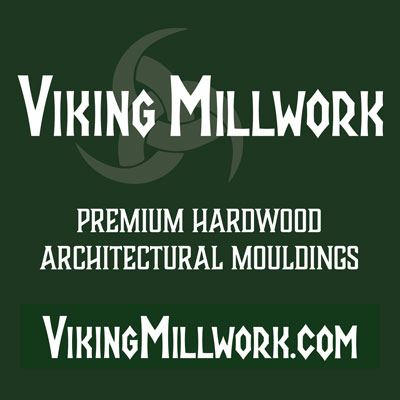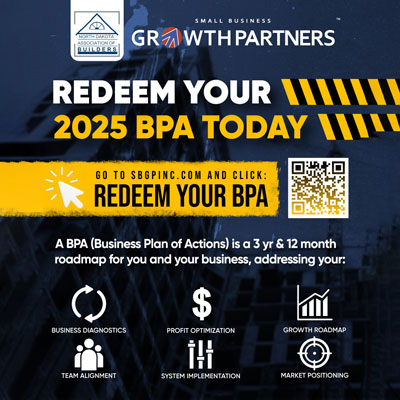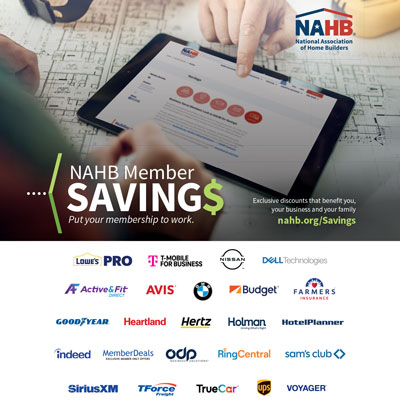Get Ready For A Busy Building Season
Category: Build-Remodel-Topics, Industry-Statistics02/15/2018
In January and February, the HBA of F-M offered lunch sessions designed to get member companies ready for the upcoming building season. Here are the high points! The HBA offers a program through Jobs HQ to assist members in attracting quality employees. For more details, email jobs@jobshq.com or call (888) 514-4473.
Interviewing Tips to Hire Right
The interview is your chance to ensure your company stands out as the place quality job seekers want to work. Here are five steps to making the process easier and more effective.
1). Scrap the job description
First, you have to get the interview and, let’s face it, job descriptions are terrible. Most of them are far too long and are chock full of legalese that have most job seekers zoning out and moving on in less than ten seconds. Get to the good stuff. Job seekers want to know what’s in it for them: tell them about the pay, the hours, and the benefits. Be specific. Companies typically shy away from putting this information into job descriptions, but why waste the candidate’s time and yours if they won’t accept what you are offering?
2). Know what not to ask
It is important to know what questions to avoid going into an interview. Age, race/gender, country of origin, religion, disability, marital status, and children are all topics that should be off limits. Strictly speaking, it is not illegal to ask the questions, but if they can prove it influenced your hiring decision you are leaving yourself open to a lawsuit. There are much better questions out there so best to just move on.
3). Don’t rely on canned questions
If you Google “interview questions,” there are over 11 million results that come back. Here are a few that come up time after time.
- Why should we hire you?
- What are your strengths?
- What are your weaknesses?
Most of those pages coach job seekers on how best to answer these questions so while they have a place in the interview process, don’t let that BE your process. Be unique and relate questions back to your business and industry.
- Our goal as a company is to ______ - how can you help us achieve this?
- How do you align with our company values?
- Tell us how you’ve dealt with a (position specific) challenge before.
- Interviewing the interviewerCandidates are empowered by the scarcity of talent and are asking more questions than ever. Be ready and plan time to answer as many questions as you ask. A good tip is to make sure someone who supervises or does the job is part of the process - they often have the answers that HR may not. Topics that often come up in these reverse interview questions are:
- Hours, wages, benefits..
- A day in the life..
- Culture of the team/company?
- Career path, training options..
- What are the next steps in interview process?
- How does the company measure success?
- Follow up
The labor market is shrinking and filling positions will continue to be challenging. One of the biggest complaints I hear from candidates is that they never hear back from employers. The majority of them would prefer a rejection note over radio silence. So make sure to reply to all candidates. Candidate experience is important and someone you reject today may be the hire you need to make tomorrow.
The competition for talent is fierce and candidates are more savvy than ever. You can assume that the good ones are fielding multiple offers. They are interviewing you as much as you are interviewing them. Use these five steps to make sure every interview is a quality potential hire.
Slides from presentation found here.
Building Better Teams: Construction
Connecting employees can be a challenge in the construction industry when teams are spread out between various job sites and offices. So how do you successfully build a strong team culture, promote company values and engage employees in your unique working environment? Here are three tips to help get the process started.
1). Start At The Top
Culture is first and foremost about relationships. The most impactful relationship is between management and staff. Company leaders have the ability to set the tone for their teams and the entire organization. Employees want to work with companies that have vibrant cultures, strong leaders, and engaged coworkers, but if they don’t see it in action from their leadership, it won’t be carried throughout the organization.
2). Get Feedback
No one know better how healthy a team is than the members of that team. Ask them questions and listen to their feedback. Celebrate the positive feedback and address the negative. Does a manager need more training? Are there safety concerns? You can’t fix everything, but acknowledge every comment and let your employees know what you are doing to change it or why you can’t. The worst thing you can do is ask for their input and then do nothing or not explain what is or isn’t happening and why. Listening is a major step in keeping employees engaged.
3). Tell Your Story
Share important information with your teams and the community. Did you win an award? Get a new project? Have an outstanding safety record? Make sure you keep your teams in the loop - they are your best brand asset and will create positive buzz about your company in the community. Keep your website and social media full of positive information. The more your employees know about your company, the more engaged they feel at work, so give them a company brand they are proud to work for.
Strong teams start with effective leadership, successful communication, and a recognizable brand. If you can conquer these three strategies, distance between team members becomes less important than the overall health of your team culture.
Slides from presentation found here




